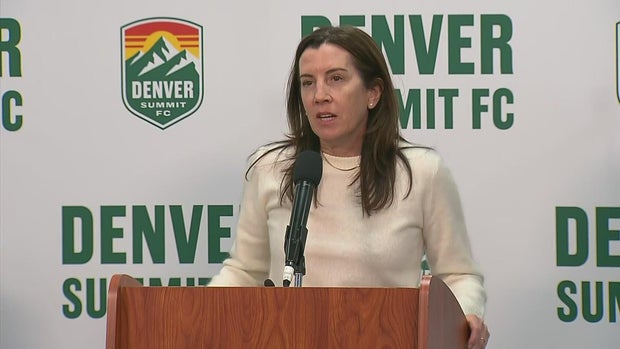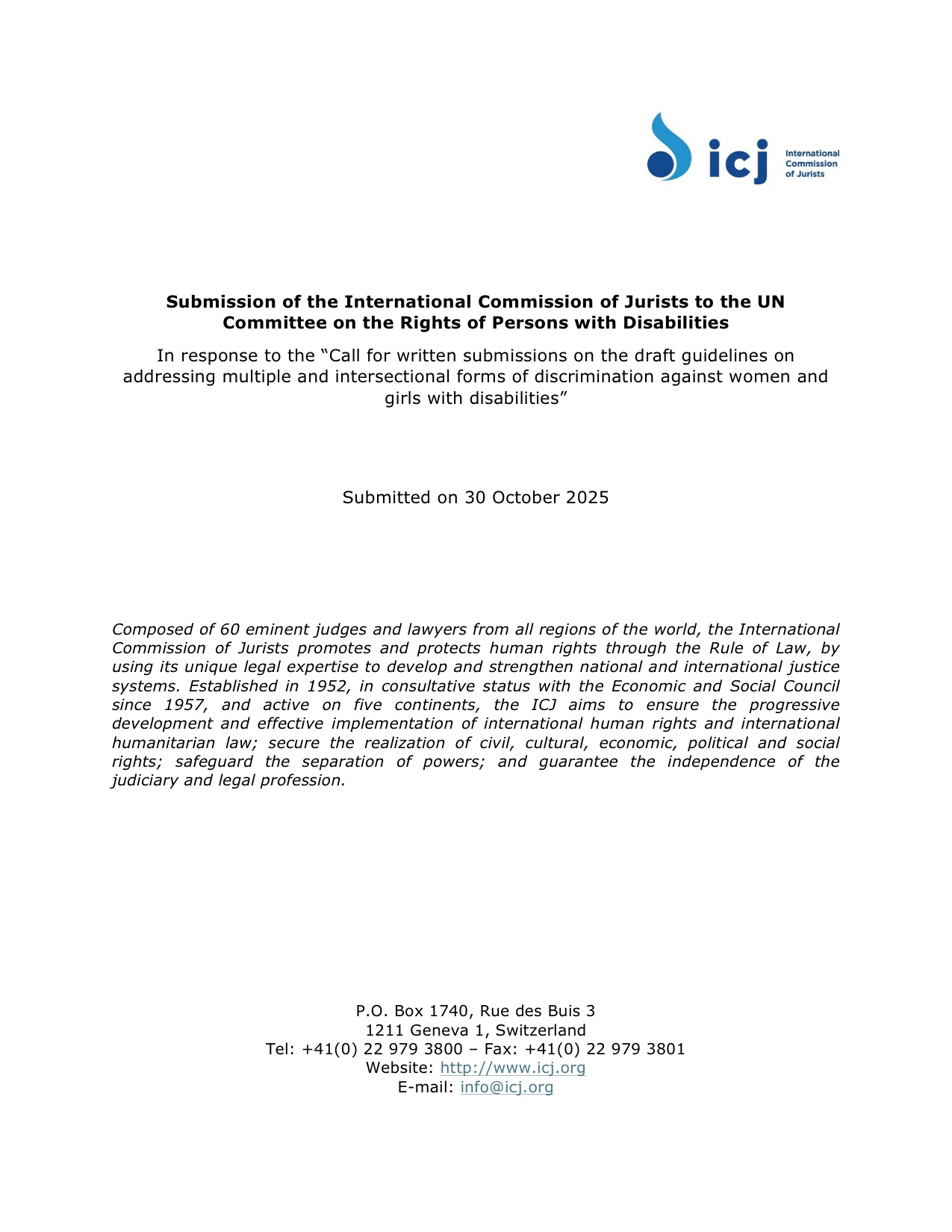Rethinking energy security in a net-zero world – Eco-Business

Analysis of the April 2025 Iberian Blackout and its Implications for Sustainable Development Goals
In April 2025, a severe electrical blackout in Spain affected over five million people, highlighting critical vulnerabilities in the nation’s energy infrastructure. The incident, caused by a technical failure on a high-voltage line coinciding with low renewable energy generation, underscores the challenges of ensuring reliable energy access while transitioning to sustainable sources. This event serves as a crucial case study for evaluating progress towards Sustainable Development Goal 7 (SDG 7: Affordable and Clean Energy) and its interdependence with other SDGs, particularly SDG 9 (Industry, Innovation and Infrastructure) and SDG 13 (Climate Action).
Reports from the Council of Ministers of Spain, the International Energy Agency (IEA), and the European Network of Transmission System Operators for Electricity (ENTSO-E) confirmed that a sudden drop in wind power generation combined with a transmission corridor fault led to a cascading grid failure. This incident reveals the urgent need for robust infrastructure and strategic planning to support the clean energy transition mandated by the SDGs.
A Framework for Energy Security Aligned with the SDGs
Energy security is fundamental to achieving national stability, economic growth, and environmental sustainability. The United Nations defines it as “the continuous availability of energy in varied forms, in sufficient quantities and at affordable prices.” This concept is operationalized through the “Four As” framework, which provides a comprehensive lens for assessing energy systems in the context of the 2030 Agenda for Sustainable Development.
The “Four As” of Energy Security and their Link to the SDGs
- Availability: This refers to the physical supply of energy to meet demand. In the context of the SDGs, this means scaling up renewable energy sources to meet the targets of SDG 7.2 (increase substantially the share of renewable energy) while ensuring supply reliability. It involves diversifying energy sources and investing in storage solutions to manage the intermittency of renewables.
- Accessibility: This concerns the infrastructure required to deliver energy to all consumers. It directly relates to SDG 7.1 (ensure universal access to affordable, reliable and modern energy services) and SDG 9.1 (develop quality, reliable, sustainable and resilient infrastructure). Vulnerabilities include aging grids and disparities in energy access, which can be mitigated through decentralized generation and modernizing networks.
- Affordability: This ensures that energy remains economically manageable for all segments of society, a core principle of SDG 7.1. It requires policies that balance the investment costs of clean energy with the need to protect vulnerable households from price volatility.
- Acceptability: This addresses the social and environmental impacts of energy systems, aligning with SDG 13 (Climate Action) and SDG 11 (Sustainable Cities and Communities). It involves minimizing carbon emissions, gaining public trust for new energy projects, and adhering to environmental standards.
Vulnerabilities Exposed by the Spanish Blackout
The 2025 blackout exposed significant weaknesses in Spain’s energy system across three of the “Four As,” demonstrating a misalignment with SDG targets.
- Availability: An over-reliance on intermittent renewable sources without sufficient energy storage or backup generation created a critical vulnerability.
- Accessibility: The grid lacked the necessary redundancy and resilience (a key target of SDG 9) to reroute power and prevent a cascading failure.
- Acceptability: The event eroded public confidence in the national strategy for energy transition, highlighting a failure in risk preparedness and contingency planning.
The Role of Renewables in Advancing the Sustainable Development Agenda
Renewable energy is central to achieving global climate and development targets, particularly SDG 7 and SDG 13. By shifting away from fossil fuels, nations can enhance energy sovereignty, reduce greenhouse gas emissions in line with the Paris Agreement, and mitigate exposure to geopolitical volatility.
Challenges to Infrastructure Resilience (SDG 9)
The transition to renewables presents significant technical challenges. The variable output of solar and wind power requires a paradigm shift in energy system management. To ensure grid stability and reliability, massive investment is needed in:
- Smart grid technologies for real-time management.
- Large-scale battery storage and other storage solutions.
- Modernized and resilient transmission and distribution infrastructure.
- Demand-side management systems.
Successfully integrating renewables is therefore contingent on advancing SDG 9 by building innovative and resilient infrastructure capable of supporting a clean energy future.
Global Efforts to Engineer a Net-Zero Future
The UN Council of Engineers for the Energy Transition (CEET)
Launched under the auspices of the UN Secretary-General, the CEET mobilizes global engineering expertise to devise pathways to achieve net-zero emissions by 2050, a critical goal for SDG 13. The council focuses on providing actionable advice to scale up clean technologies and support countries in meeting their climate commitments. This work embodies the spirit of SDG 17 (Partnerships for the Goals) by fostering international collaboration on technical solutions.
Identified Barriers to Achieving Global Energy Goals
The CEET has highlighted several major barriers impeding the global energy transition and the achievement of SDG 7:
- Insufficient financing and investment in clean energy infrastructure.
- Gaps in technical skills and engineering capacity.
- Fragmented regulatory frameworks that slow down project implementation.
- Lack of common technical standards across borders.
Conclusion: Building a Secure and Sustainable Energy Future Aligned with the SDGs
The Spanish blackout serves as a stark reminder that the transition to a sustainable energy future must be managed with a focus on resilience and security. Achieving SDG 7 requires more than just increasing the share of renewables; it demands a holistic approach that integrates the “Four As” of energy security with robust infrastructure development under SDG 9 and ambitious climate action under SDG 13.
To navigate the challenges ahead, governments and stakeholders must prioritize the following actions:
- Mobilize public and private investment in grid modernization, energy storage, and smart technologies to enhance infrastructure resilience (SDG 9).
- Strengthen cross-border cooperation and regulatory alignment to improve grid stability and foster shared solutions (SDG 17).
- Implement policies that ensure energy remains affordable and accessible to all, particularly vulnerable communities (SDG 7).
- Foster public trust through transparency, education, and community engagement in the energy transition process.
By balancing technical innovation with strategic foresight and a commitment to equity, the global community can build an energy-secure future that meets the needs of both people and the planet, fulfilling the promise of the Sustainable Development Goals.
Analysis of Sustainable Development Goals in the Article
1. Which SDGs are addressed or connected to the issues highlighted in the article?
-
SDG 7: Affordable and Clean Energy
- The entire article revolves around energy security, which is the core of SDG 7. It discusses the blackout in Spain, the challenges of integrating renewable energy, and the “Four As” of energy security: availability, accessibility, affordability, and acceptability. The text explicitly mentions the need for “continuous availability of energy in varied forms, in sufficient quantities and at affordable prices.”
-
SDG 9: Industry, Innovation, and Infrastructure
- The article highlights the critical role of energy infrastructure. The blackout was triggered by a “technical fault on a high-voltage transmission line” and revealed that “the grid lacked sufficient redundancy.” It calls for “investment in grid modernisation, storage systems,” “smart grids,” and “modernised infrastructure,” which are central to SDG 9’s goal of building resilient infrastructure.
-
SDG 11: Sustainable Cities and Communities
- The blackout directly impacted a large population, leaving “more than five million people without electricity.” This event underscores the vulnerability of human settlements to infrastructure failures. The article’s call for “risk preparedness” and building resilience against such events aligns with SDG 11’s aim to make cities and human settlements inclusive, safe, resilient, and sustainable.
-
SDG 13: Climate Action
- The article frames the energy transition within the context of climate goals, explicitly mentioning the “Paris Agreement and the UN Sustainable Development Goals.” It discusses the role of renewable energy in cutting “greenhouse gas emissions” and the work of the “Council of Engineers for the Energy Transition (CEET)” in advising on solutions for “achieving net-zero emissions by 2050.”
2. What specific targets under those SDGs can be identified based on the article’s content?
-
Target 7.1: By 2030, ensure universal access to affordable, reliable and modern energy services.
- The Spanish blackout, which left “more than five million people without electricity for several hours,” is a direct failure of reliable energy access. The article’s discussion of affordability (“ensures that energy costs remain manageable”) and accessibility (“infrastructure needed to deliver energy to consumers”) directly relates to this target.
-
Target 7.2: By 2030, increase substantially the share of renewable energy in the global energy mix.
- The article extensively discusses the role and challenges of renewables. It notes that “Renewable energy sources are central to the global energy transition” and that a “sudden drop in wind generation” contributed to the blackout. This highlights the ongoing effort and complexities of increasing the share of renewables, which is the focus of this target.
-
Target 7.b: By 2030, expand infrastructure and upgrade technology for supplying modern and sustainable energy services for all.
- The need for infrastructure expansion and technological upgrades is a key theme. The article points to the necessity of “scaling up renewable energy, expanding energy storage,” and investing in “smart grids, battery storage, demand management systems, and modernised infrastructure” to support the energy transition.
-
Target 9.1: Develop quality, reliable, sustainable and resilient infrastructure… to support economic development and human well-being.
- The article’s core narrative is about a failure of reliable infrastructure (“technical fault on a high-voltage transmission line,” “cascading failure across the grid”). The call for “investment in grid modernisation” and improving redundancy to prevent future blackouts directly addresses the need for resilient and reliable infrastructure as specified in this target.
-
Target 11.b: By 2020, substantially increase the number of cities and human settlements adopting and implementing integrated policies and plans towards… disaster risk reduction and management at all levels.
- The blackout is presented as a technological disaster that revealed a lack of “robust contingency planning.” The article’s emphasis on the need for “risk preparedness” to handle such events aligns with the goal of implementing disaster risk reduction plans to protect human settlements.
-
Target 13.2: Integrate climate change measures into national policies, strategies and planning.
- The article discusses how energy policy must be interpreted “through the lens of climate goals.” It mentions the work of the UN’s CEET in supporting countries to implement their “Nationally Determined Contributions (NDCs)” and achieve “net-zero emissions by 2050,” which is a direct example of integrating climate measures into national planning.
3. Are there any indicators mentioned or implied in the article that can be used to measure progress towards the identified targets?
-
For Target 7.1 (Universal Access):
- The article provides a direct indicator of failure: the “more than five million people without electricity.” This implies that an indicator for success would be the proportion of the population with access to electricity and the frequency and duration of power outages per capita. The concept of “affordable prices” is also mentioned, pointing to energy expenditure as a share of household income as a relevant metric.
-
For Target 7.2 (Renewable Energy Share):
- The article discusses the “sudden drop in wind generation” and the general reliance on “intermittent renewables.” This implies that the share of renewable energy (e.g., wind, solar) in the total electricity generation mix is a key indicator being tracked.
-
For Target 9.1 (Resilient Infrastructure):
- The impact of the blackout serves as an indicator of infrastructure resilience. The number of people affected (“five million people”) and the duration of the outage (“several hours”) are metrics of infrastructure failure. Therefore, a key indicator is the number of people affected by disruptions in critical services like electricity.
-
For Target 13.2 (Integrate Climate Measures):
- The article mentions countries implementing their “Nationally Determined Contributions (NDCs)” and planning for “net-zero emissions by 2050.” This suggests that the primary indicator is the existence and implementation of national strategies for climate change mitigation and low greenhouse gas emission development.
4. Summary Table of SDGs, Targets, and Indicators
| SDGs | Targets | Indicators Identified or Implied in the Article |
|---|---|---|
| SDG 7: Affordable and Clean Energy | 7.1: Ensure universal access to affordable, reliable and modern energy services. |
|
| 7.2: Increase substantially the share of renewable energy in the global energy mix. |
|
|
| 7.b: Expand infrastructure and upgrade technology for supplying modern and sustainable energy services. |
|
|
| SDG 9: Industry, Innovation, and Infrastructure | 9.1: Develop quality, reliable, sustainable and resilient infrastructure. |
|
| SDG 11: Sustainable Cities and Communities | 11.b: Increase the number of cities adopting and implementing integrated policies and plans towards disaster risk reduction. |
|
| SDG 13: Climate Action | 13.2: Integrate climate change measures into national policies, strategies and planning. |
|
Source: eco-business.com

What is Your Reaction?
 Like
0
Like
0
 Dislike
0
Dislike
0
 Love
0
Love
0
 Funny
0
Funny
0
 Angry
0
Angry
0
 Sad
0
Sad
0
 Wow
0
Wow
0


















-1920w.png?#)






















;Resize=805#)





























.jpg?#)







